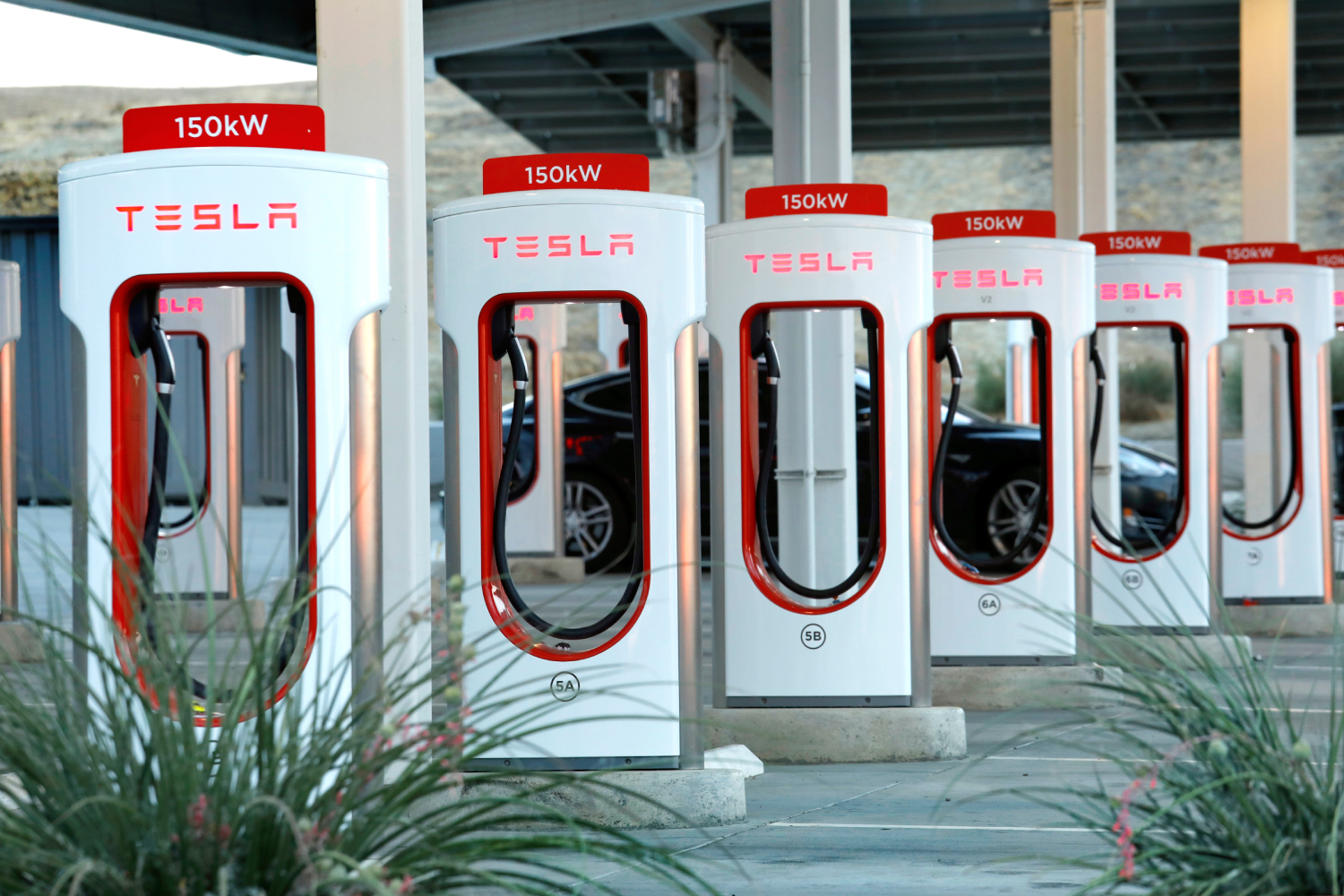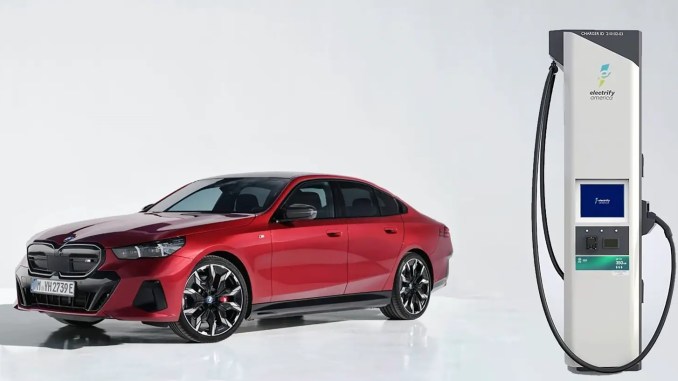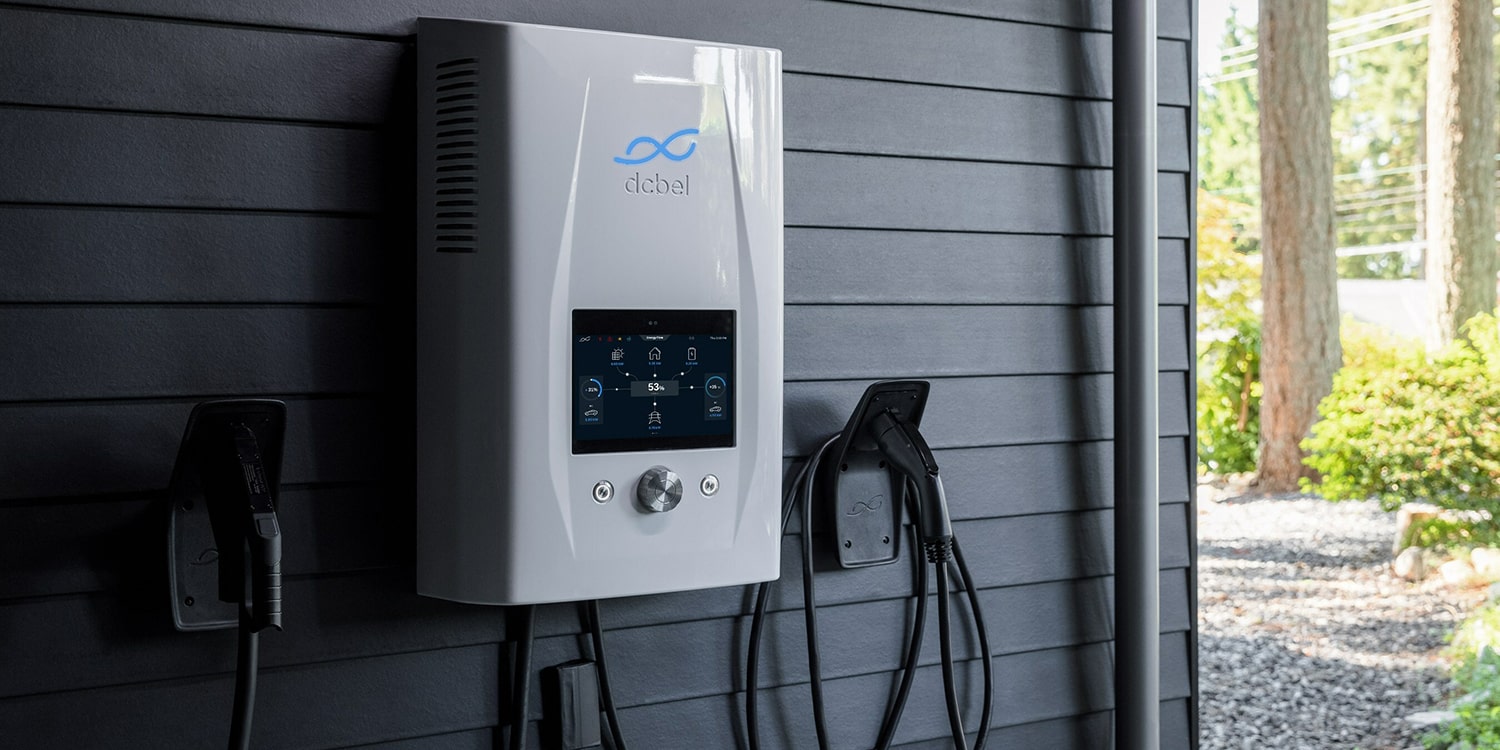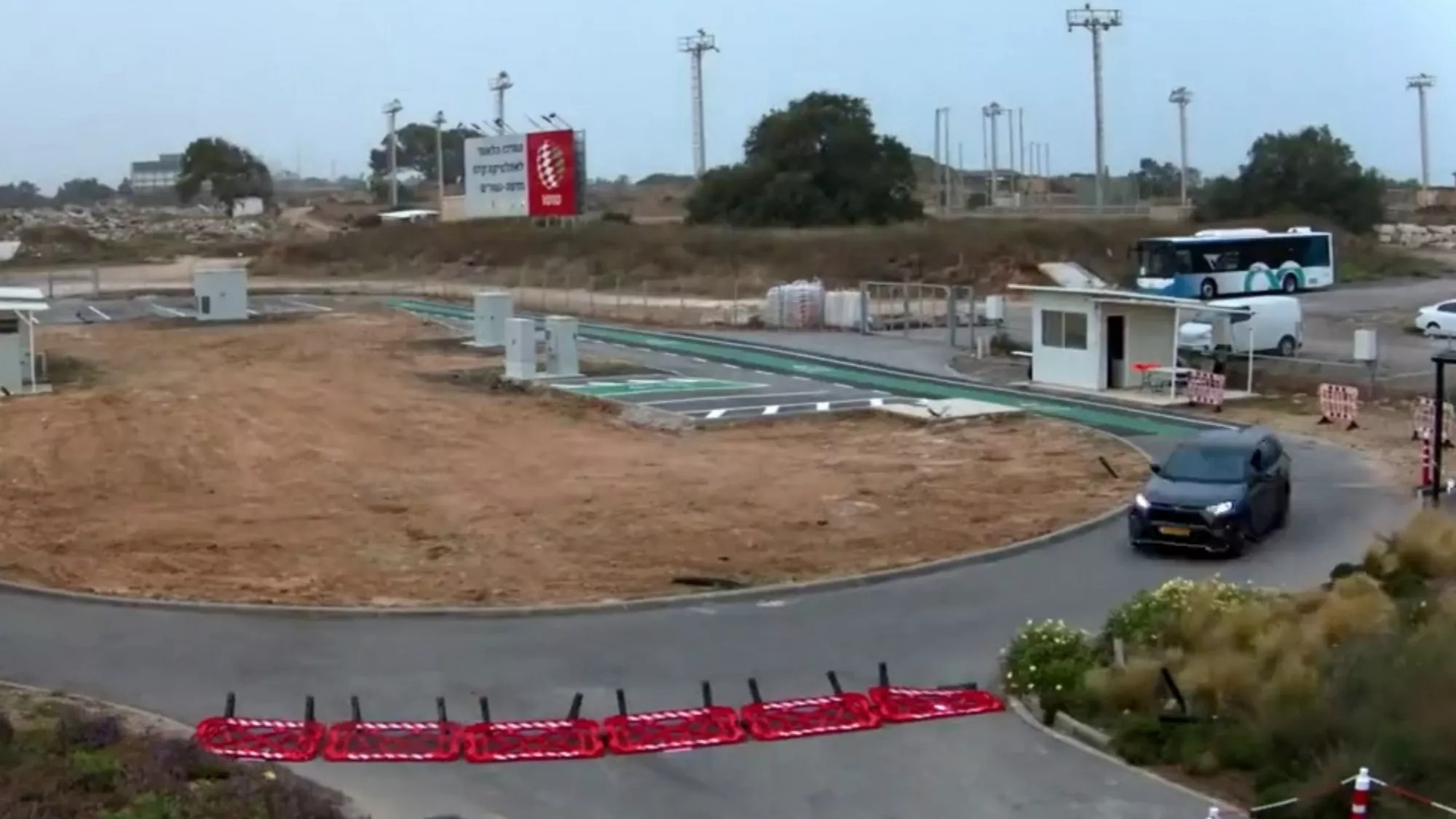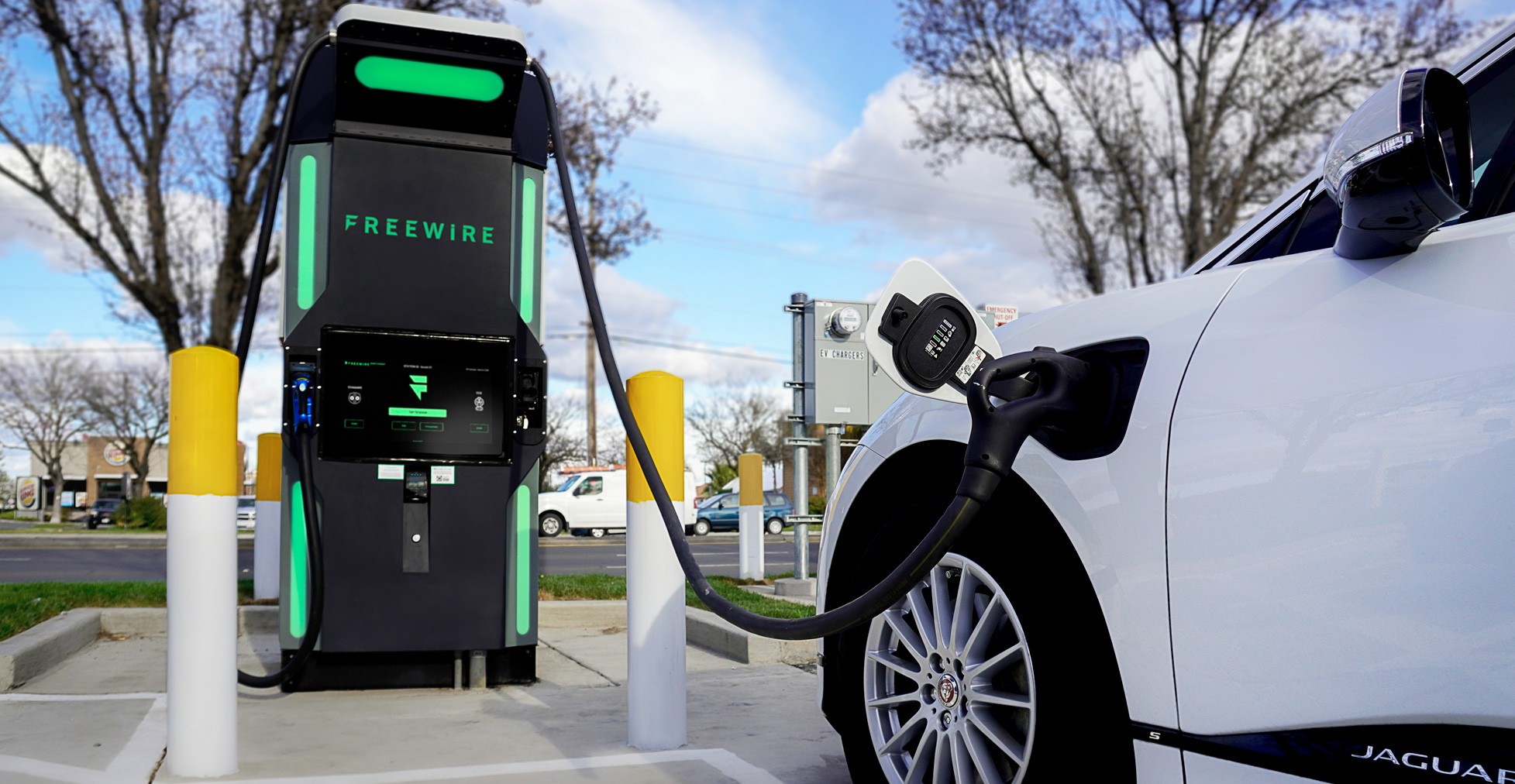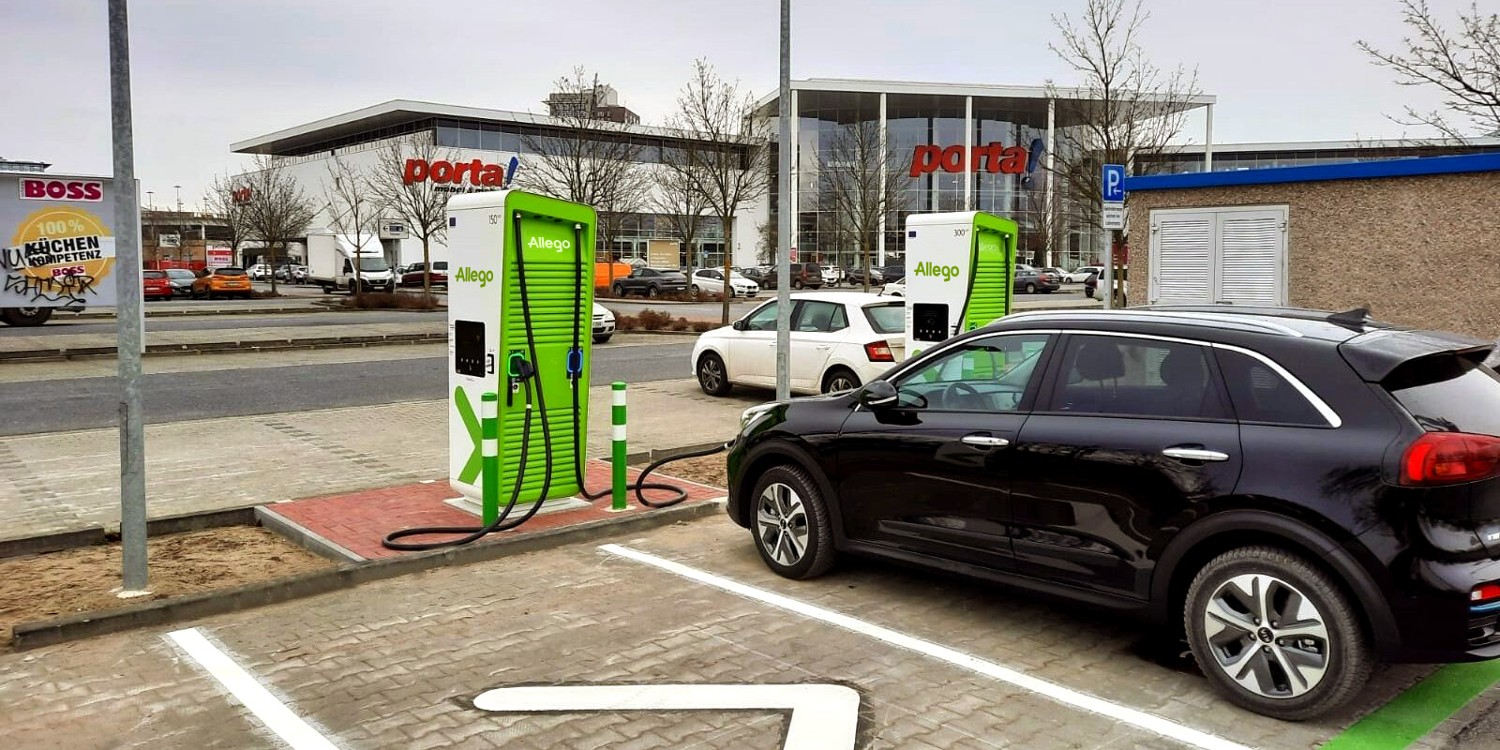In a recent update on the state of electric vehicle (EV) charging infrastructure in Canada, the government has revealed that Tesla, the renowned electric car manufacturer, is planning to open a portion of its Supercharging network to non-Tesla vehicles starting in 2023. This announcement marks a significant development in the accessibility and convenience of EV charging across the country.
The first phase of this initiative will involve the opening of Supercharging stations between Sudbury and Ottawa later this year. As part of a collaborative effort, Tesla will allow non-Tesla EVs to utilize its existing Supercharger network in Canada, provided that site hosts give their consent. The pilot program will gradually expand throughout the country, including the Trans-Canada Highway stretch from Ottawa to Calgary. Within the next few years, the program aims to offer hundreds of charging stalls for non-Tesla EVs.
According to official information, approximately 750 “charging connectors” (individual stalls) will be made available to non-Tesla EV drivers by the end of 2025. Of these, at least 350 stalls will support power levels of up to 250 kilowatts (kW), denoting the V3 Supercharger technology. It is important to note that the precise number of stations was not disclosed, although it is expected to be significantly fewer compared to Tesla’s dedicated Supercharger network.
The forthcoming open Supercharger route in Canada will greatly benefit those who own non-Tesla electric vehicles, providing them with access to Tesla’s renowned charging infrastructure. While Tesla has remained silent regarding this project, the information regarding its plans comes directly from the Canadian government.
It is worth mentioning that a similar pilot program for non-Tesla Supercharging is already underway in the United States, initially launched in New York and California. The program has also recently been introduced in Australia and China. In Europe, the non-Tesla pilot was initiated in 2021 and has since expanded to encompass 15 markets.
To accommodate various EV models, Tesla will retrofit its existing Supercharging stalls in Canada with the Magic Dock, an integrated CCS1 adapter. This adapter enables the use of Tesla’s North American Charging Standard (NACS) plug or a plug with an attached CCS1 adapter for non-Tesla EVs. Furthermore, Tesla’s future plans involve transitioning globally from V3 to V4 Supercharging stalls. Installations of V4 Superchargers are already in progress in Europe, and the United States is also set to receive these upgraded charging stations, which will offer a power boost of up to 350 kilowatts.
Recent news from Ford further adds to the evolving landscape of EV charging standards. Ford has announced its intention to adopt Tesla’s NACS standard in North America, starting with new models in 2025. This decision implies that new Ford electric vehicles will not require the Magic Dock adapter. With Ford’s transition and the broader opening of Tesla’s Supercharging network, it is possible that more automotive brands will follow suit in North America. However, it should be noted that other regions, including Europe, will continue to adhere to the CCS2 charging standard.
Overall, the Canadian government’s update on Tesla’s plan to open its Supercharging network to non-Tesla vehicles signifies a significant step toward the widespread adoption and interoperability of EV charging infrastructure. This development will undoubtedly enhance the charging experience for EV owners and contribute to the ongoing transition to sustainable transportation in Canada and beyond.

